{Book Expert} A beach read that’s anything but sunny.
A book about a pedophile-child relationship its not what you’d normally refer to as a “beach read,” but you might want to reconsider. According to FOF Linda Wolfe, Margaux Fragoso’s Tiger, Tiger, is, like the best beach reads, impossible to put down. Unlike many beach reads, however, it’s also impossible to forget. Here’s why….
(Plus, enter to win a copy of Tiger, Tiger when you answer this question in the comments below: What’s the best book you’ve read so far this year?)
One of the most compelling books I’ve read recently is Margaux Fragoso’s Tiger, Tiger – not to be confused with the controversial Tiger Mother or the precocious Tiger’s Wife (not to mention the Broadway show Bengal Tiger at the Baghdad Zoo – what is it with tiger 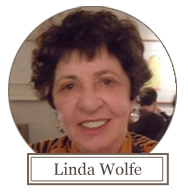 titles lately?) Fragoso’s book is a memoir, the astonishing story of how, at the age of seven, she was seduced by a man more than forty years her senior, a once-jailed pedophile with whom she maintained a secret, intimate relationship until she was twenty-two, and he, at the age of sixty-six, committed suicide.
titles lately?) Fragoso’s book is a memoir, the astonishing story of how, at the age of seven, she was seduced by a man more than forty years her senior, a once-jailed pedophile with whom she maintained a secret, intimate relationship until she was twenty-two, and he, at the age of sixty-six, committed suicide.
Perhaps in the previous sentence I should have said “why” she was seduced and “why” she remained in the relationship instead of “how,” for this book, explicit, insightful, and elegantly written, has much to tell us about what makes certain children easy prey for pedophiles.
In Fragoso’s case, her earliest childhood years were wrenching. Raised by an explosive, alcoholic father and a mentally unstable mother, Fragoso grew up fearing her father, having to mother her mother, and longing for what all children want: attention, encouragement, praise. She meets Peter Curran, the man who will give her these things, while bathing at a neighborhood pool with her mother. Watching him splash and play with two little boys she assumes are his sons, she paddles up to him and asks, “Can I play with you?”
Curran obliges, includes her in his games with the boys – who turn out to be the sons of a woman in whose house he rents a room – and several days later invites her and her mother to visit the family and the house.
It’s a place that’s vibrant with life: in addition to the boys and their mother, the house is home to a large furry dog, a tankful of iguanas, a cage full of rabbits, and even a small baby alligator. Both Margaux and her mother are enchanted, and become regular after-school visitors. Curran calls Margaux “princess” and “angel,” tells her how talented she is when she writes little stories or puts on little playlets, and patiently plays whatever games she proposes. He also introduces games of his own choosing: “an enhanced version of Itsy Bitsy Spider,” “Mad Scientist” and “Tickle Torture Time.” Then one day he takes Margaux down to the basement to check on the health of Fiver, a sick rabbit, and asks her to look at his penis.
In a shattering scene, Fragoso describes her eight-year-old reaction to Curran’s request.
“I climbed into the cart with Fiver and said, ‘Look, Peter! I’m a rabbit!’
“I started to drink from the water bottle, tasting the sweet metal and the sweet, warm water. I picked up [Fiver’s food], offered it again to him, and when he refused it, I ate it myself….Peter came and picked me up gently, placed me on my feet; but I instantly sank again, to my hands and knees, to crawl on the ground like a baby, to feel the cold hard floor beneath my hands.
“‘I’m a baby now, not a rabbit. No, wait. I’m a baby rabbit! Chase me!’”
Curran ignores her agitation and, dropping his pants, exposes his genitals. “The whole contraption looked like a bunless hot dog with two partly deflated balloons attached,” Fragoso writes. But, afraid to offend this man who has become the affectionate male figure her life has so lacked, she tries to conceal her disgust and say something nice about the disturbing sight. “It kind of reminds me of….an ice cream cone,” she says.
I’ll spare you what happens next. Suffice it to say that Curran makes her his sexual toy. But after years of being abused by him, when Fragoso becomes a teenager, she turns the tables on him. By then, aging and in ill-health, he’s become dependent on her, and knowing this, she torments him, mocking him for his weakening legs and toothless mouth and maintaining the relationship even as she begins dating boys.
Throughout this disturbing tale, Lolita from Lolita’s own viewpoint, the author is unflinchingly honest, aware of her own complicity in the abusive relationship. It makes her book absolutely mesmerizing. Fragoso’s insights into pedophiles and the damage they inflict on the children they entrap are profound. But just as importantly – arguably even more importantly — she is a profoundly talented writer. This is a book you won’t be able to put down, and once you’ve finished it, won’t be able to forget.
Enter to win a copy of Tiger, Tiger when you answer this question in the comments below: What’s the best book you’ve read so far this year?
(See all our past winners. See official rules. One winner is chosen at random from all those who ask a question. Contest closes July 7, 2011.)


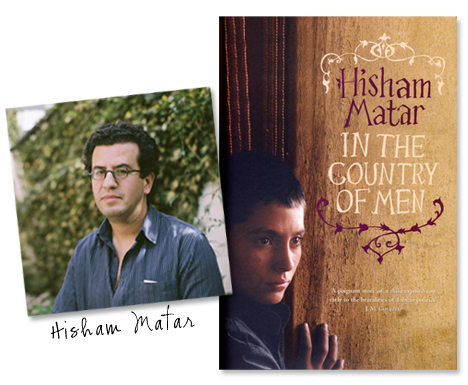





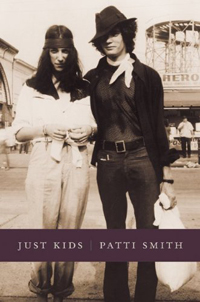
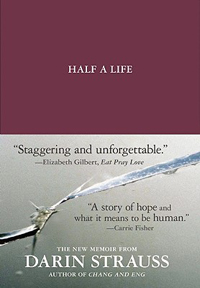
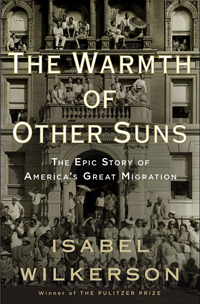

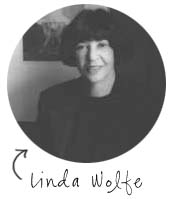 FOF Linda Wolfe is a journalist, essayist and fiction writer who happened to move to a new apartment right next door to the Faboverfifty offices. Our brilliant neighbor has written hundreds of articles for publications including New York magazine, the New York Times and Vanity Fair. She’s also written ten books, many of them about famous crimes, both contemporary and historic. WASTED, her brilliantly researched look at the infamous “Preppie Murder,” received an Edgar Award nomination and was a New York Times “Notable Book of the Year.”
FOF Linda Wolfe is a journalist, essayist and fiction writer who happened to move to a new apartment right next door to the Faboverfifty offices. Our brilliant neighbor has written hundreds of articles for publications including New York magazine, the New York Times and Vanity Fair. She’s also written ten books, many of them about famous crimes, both contemporary and historic. WASTED, her brilliantly researched look at the infamous “Preppie Murder,” received an Edgar Award nomination and was a New York Times “Notable Book of the Year.”